2022 News Archive
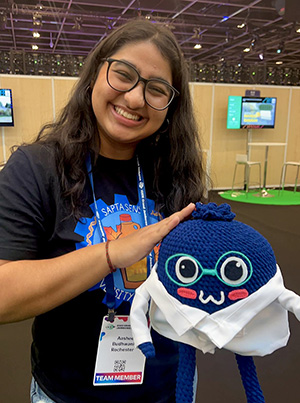
Aashee Budhwani ’24 serves as lab and safety manager for award-winning iGEM team
The experiences have helped the biomedical engineering major from Dubai “discover my passion of helping the community using critical thinking skills by applying shared knowledge of medicine and engineering in critical situations and solving real life problems,” she says.

Duncan Moore Recognized for Advancing Entrepreneurship at Universities
Duncan Moore ’74 (PhD), the vice provost for entrepreneurship and the Rudolf and Hilda Kingslake Professor of Optical Engineering, received the Legacy Award from the Global Consortium of Entrepreneurship Centers. The award recognizes pioneers in advancing entrepreneurship at universities, including the creation of high-impact centers.
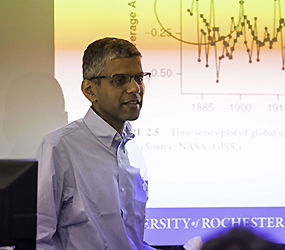
Ajay Anand: When learning data science, experience is the best teacher
Ajay Anand, Associate professor of Data Science and Biomedical Engineering, leads his class Time-Series Analysis & Forecasting in Data Science. In this capstone course, student teams are matched with corporate, government, and academic sponsors based on their technical interests. Each team conducts analytics projects using data provided by their sponsors.
Sameer Jain exemplifies the Meliora spirit
 What motivates young people to not only excel as students, but dedicate themselves to serving others? And by doing so, exemplify the Meliora (ever better) values of the University of Rochester? Sameer Jain ’23 of biomedical engineering is motivated by his family’s strong adherence to Jainism. The ancient Indian religion stresses, among other tenets, truthfulness and saving, protecting, and sheltering the life of any being. “These ideals and morals led me to understand the importance of selflessness. They pushed me to give back to the community, and have made me the person I am today,” he says.
What motivates young people to not only excel as students, but dedicate themselves to serving others? And by doing so, exemplify the Meliora (ever better) values of the University of Rochester? Sameer Jain ’23 of biomedical engineering is motivated by his family’s strong adherence to Jainism. The ancient Indian religion stresses, among other tenets, truthfulness and saving, protecting, and sheltering the life of any being. “These ideals and morals led me to understand the importance of selflessness. They pushed me to give back to the community, and have made me the person I am today,” he says.
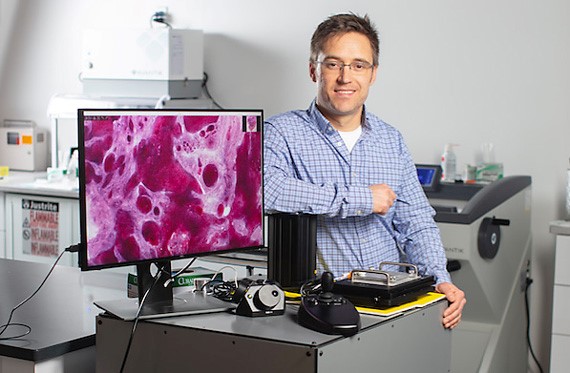

Connor Heckman Wins Synopsys 2022 Robert S. Hilbert Memorial Optical Design Competition
Congratulations to Connor Heckman on being one of the winners of the Synopsys 2022 Robert S. Hilbert Memorial Optical Design Competition. The annual competition celebrates exceptional research projects designed by college students in North America using Synopsys Optical Solutions software. The competition is open to students working toward a bachelor’s, master’s, or doctorate degree.
Ross Maddox receives the NSF Faculty Early Career Development (CAREER) Award
The CAREER award is the National Science Foundation’s most esteemed recognition for early-career faculty members, providing recipients with five years of funding to help lay the foundation for their future research. Ross's research will explain how our brain stems help us listen and converse in noisy settings.
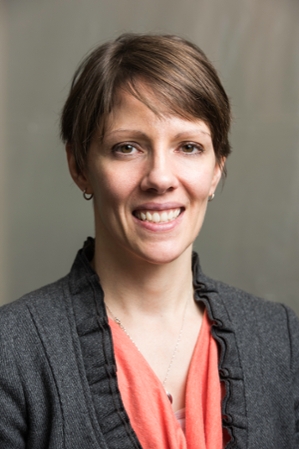
Rochester faculty newly appointed to named professorships
Several faculty members at the University of Rochester were appointed to named professorships in the first half of 2022. An honor designed to recognize the national stature of a professor’s work, the named positions are part of a long-standing tradition to celebrate the work of Rochester’s faculty as researchers, scholars, and teachers. Appointments included Danielle Benoit, a professor of biomedical engineering, jointly appointed as the William R. Kenan, Jr. Professor.

BME graduate students win University’s top awards
Three Department of Biomedical Engineering students this spring won the most prestigious awards granted to graduate students by the University of Rochester.
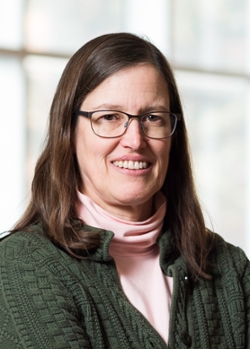
Laurel Carney: Already a lifetime of achievement
To merit a Lifetime Achievement Award, a Hajim School faculty member must demonstrate distinction in three key areas: research, education, and service. This year’s recipient, Laurel Carney, the Marylou Ingram Professor of Biomedical Engineering, has clearly met the standard.
Carla Boff: ‘rock solid’ and ‘the best of bosses’
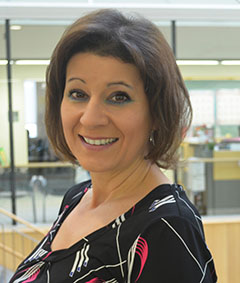 The Department of Biomedical Engineering is unique in being organizationally aligned with both the Hajim School and the Medical Center. This provides increased learning and research opportunities for BME students and faculty.
The Department of Biomedical Engineering is unique in being organizationally aligned with both the Hajim School and the Medical Center. This provides increased learning and research opportunities for BME students and faculty.

Rochester leads development of novel integrated photonic COVID-19 sensor
A consortium of nine industry, government, and academic partners, led by the University of Rochester, will develop the first integrated photonic sensors capable of detecting not only COVID-19 and its variants, but also other emerging viruses. The technology could even predict the severity of these and other infections.
“In two years, we want to have an advanced prototype that is ready for a company to fully commercialize,” says project director Benjamin Miller, a Dean’s Professor of Dermatology at Rochester with joint appointments in biomedical engineering, biochemistry and biophysics, optics, and materials science. “We want to have all the data ready to go so a company can pick this up and run with it.”
Dr. Arthur Ritter BME Endowment
Arthur Ritter ‘68MS ‘70PhD has never forgotten the help he received from the University of Rochester at a pivotal moment in his career. Hence, Ritter’s decision to endow $125,000 to Rochester’s Department of Biomedical Engineering.
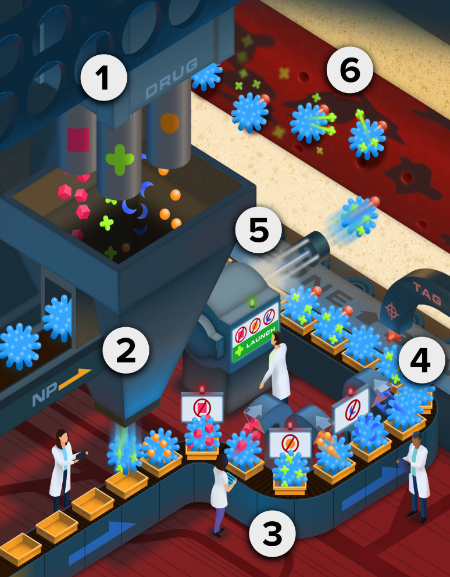
Rochester researchers seek ‘direct hit’ on leukemic stem cells
“The overall goal is to be able to selectively target and kill cancer stem cells in the bone marrow. In combination with chemotherapy, this system could provide a means to kill both the mature cancer cells in the blood and the cancer stem cells in the marrow,” says Rudi Fasan, the Andrew S. Kende Professor of Chemistry and a co-corresponding author of a paper in Advanced Therapeutics describing the research.
Along with Fasan, Danielle Benoit, professor of biomedical engineering and director of the University’s Materials Science Program, and Benjamin Frisch, assistant professor of pathology and laboratory medicine and a Wilmot Cancer Institute investigator, are the key partners in this collaborative project launched with support of a University Research Award. The collaboration reflects the enhanced opportunities for research resulting from the close proximity of the University’s Medical Center and its science and engineering facilities at the River Campus.
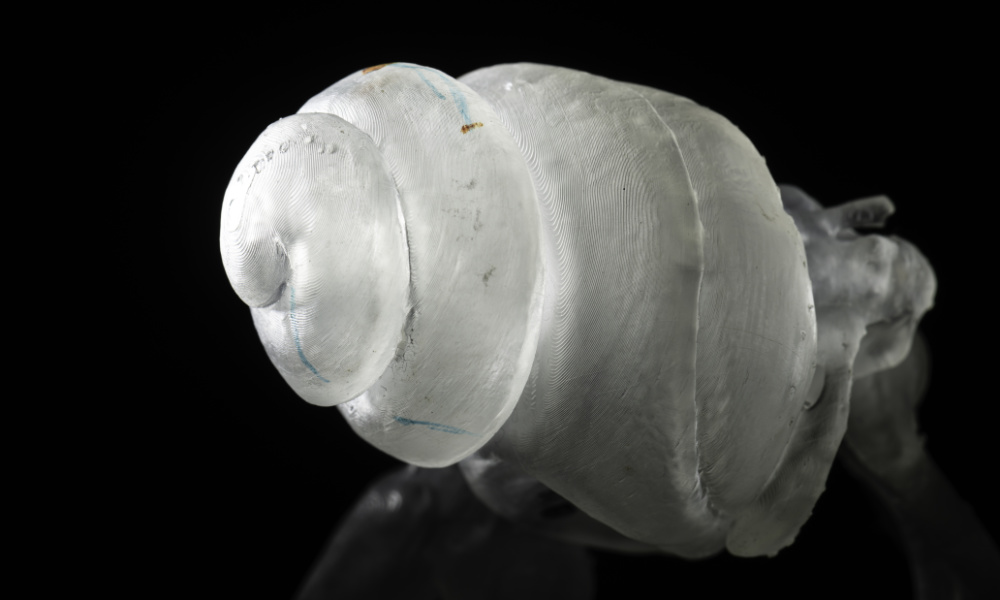
Will hearing aids ever be as effective as corrective eyewear?
Despite recent advances in hearing aids, a frequent complaint among users is that the devices tend to amplify all the sounds around them, making it hard to distinguish what they want to hear from background noise, says Jong-Hoon Nam, a researcher at the University of Rochester.
Nam, a professor of both mechanical and biomedical engineering, believes a key part of the answer to the problem lies inside the cochlea of the inner ear. That’s where incoming sound waves trigger minute vibrations of the hair cells, sensori-receptor cells in the inner ear. These mechanical vibrations are then converted into neurosignals that are delivered to the brain.

ApiJect gives students a chance to address a global health care challenge
A $100,000 gift from Jay Walker, ApiJect’s executive chairman, to the University’s Department of Biomedical Engineering, will support medical device design projects for the department’s senior undergraduates and master’s students, new scholarships, and a Create-a-Thon medical device design contest for students University wide.
“What is really exciting is the opportunity this gives us to introduce health care engineering in global and low-resource environments throughout our curriculum, in partnership with a company that has this as their mission,” says Diane Dalecki, the department chairperson and Kevin J. Parker Distinguished Professor in Biomedical Engineering.

Gotcha! Rochester membranes help researchers capture tiny, telltale vesicles
Researchers from the University of Rochester and University of Chicago teamed up for one of the first known projects to successfully isolate and study extracellular vesicles (EVs). Extracellular vesicles are tiny particles—as small as 40 nanometers in diameter—released by cells into the bloodstream and other fluid-filled cavities. EVs carry proteins, lipids, metabolites, and genetic material unique to the cells that release them. As a result, they could serve as valuable biomarkers for the early detection of diseases, including cancer—especially if single EVs could be assessed individually.
To this end, the researchers adapted nanomembranes from the lab of James McGrath, a professor of biomedical engineering at the University of Rochester, in a microfluidic cross-flow filtration system to capture and study individual EVs. Their findings appear in Communications Biology.

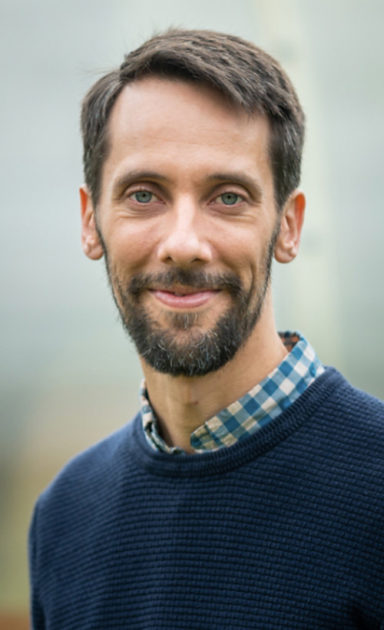 Congratulations to Professor Ross Maddox who recently received the NSF Faculty Early Career Development (CAREER) Award!
Congratulations to Professor Ross Maddox who recently received the NSF Faculty Early Career Development (CAREER) Award!